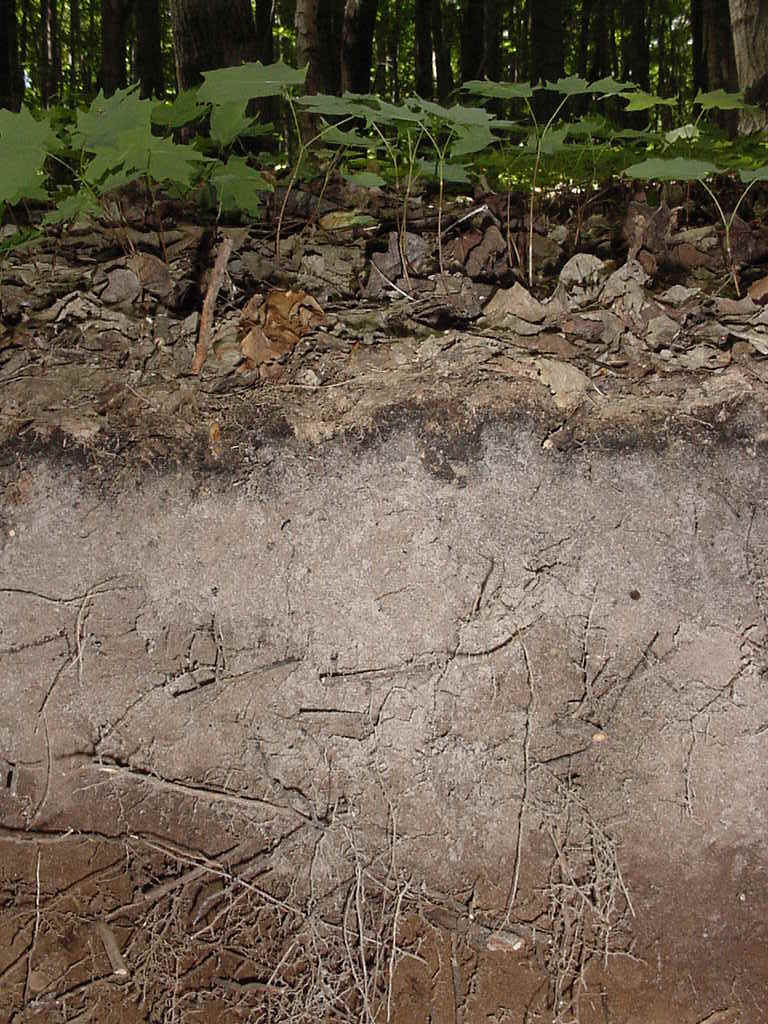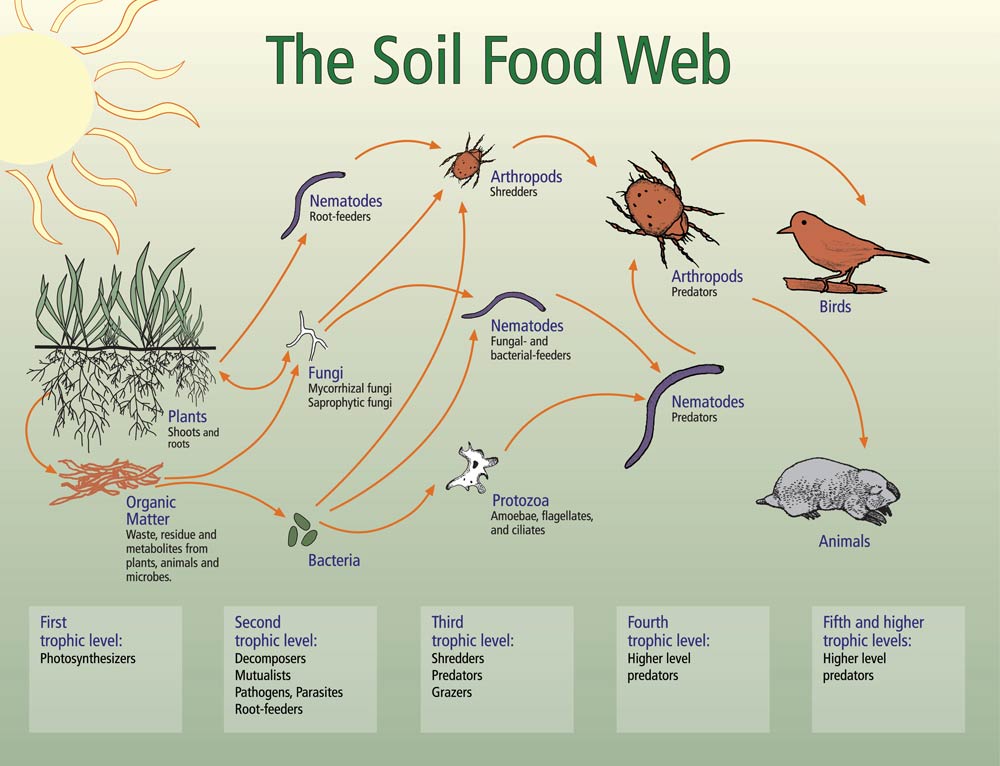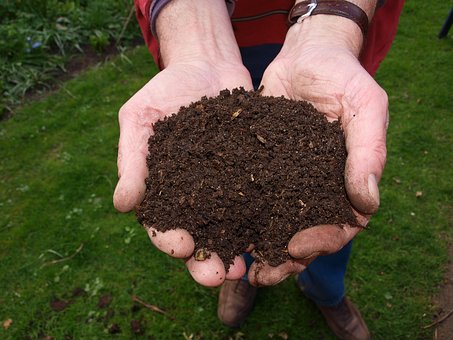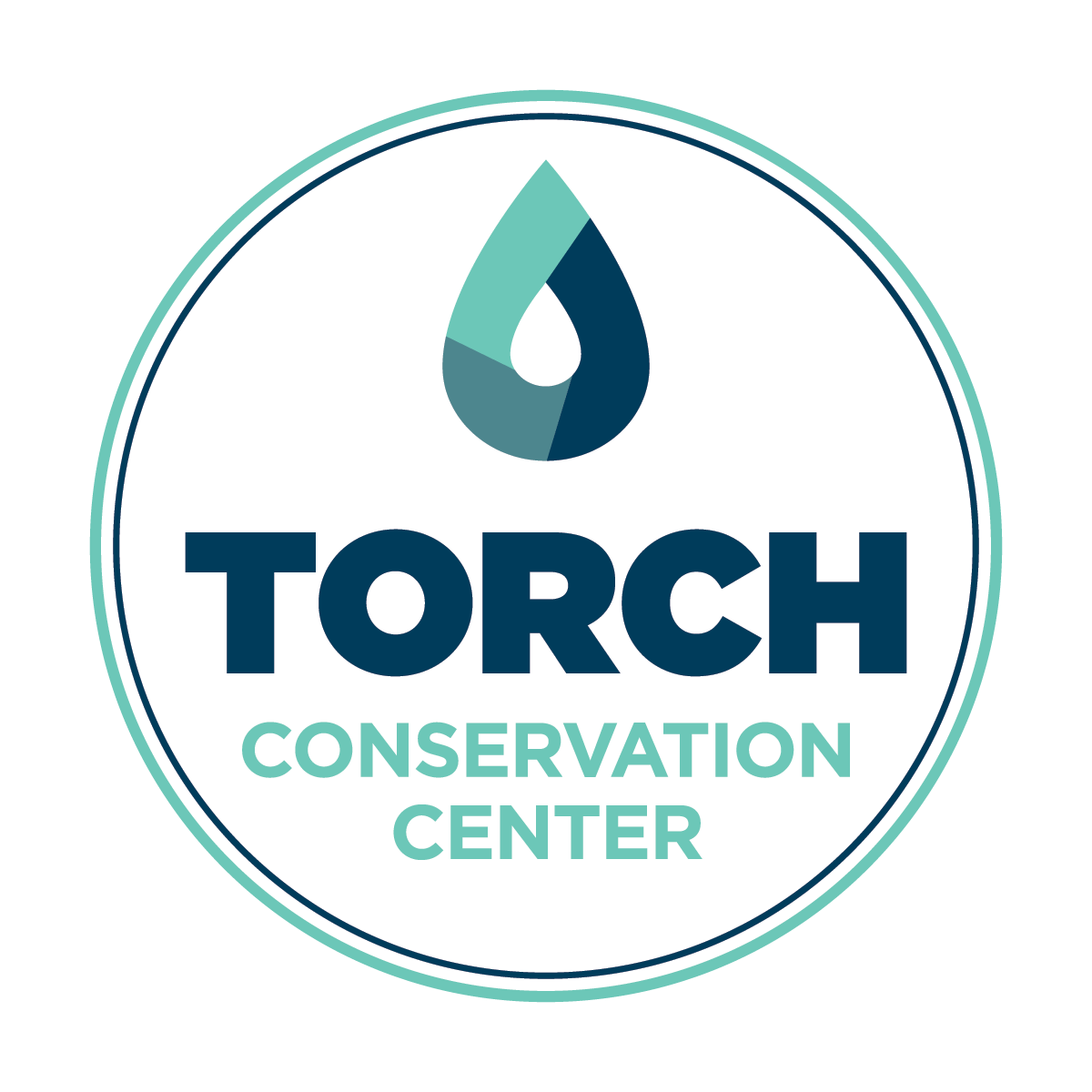Torch Lake Watershed Soil Types
Key Facts
As the glaciers advanced and retreated, they pulverized bedrock (granite) into sand and gravel.
They pushed the sand and gravel mixture into the ridges that surround Torch Lake.
Most of the topsoil washed downhill into Indiana and Ohio.
Little topsoil, less than 1 “thick, was left around the watershed.
The sand and gravel formed two types of mineral soils in the Torch Lake Watershed –
- Ridges: Emmet-Montcalm soil
- Sand dunes: Deer Park-Roscommon soil
A third type of soil was formed when plants such as reeds and sedges died and formed an organic soil:
- Wetlands: Tawas-Ensley-Roscommon soil

Ridge left from the glaciers Image: Torch Conservation Center

Did You Know?
Our different soils have different characteristics.
| LOCATION | SOIL TYPE | SLOPE | COMPOSITION | DRAINAGE | PERMEABILITY |
|---|---|---|---|---|---|
| Sand dunes | Deer Park-Roscommon | 2-20% | Acid Sand | Excessively Drained | Rapidly permeable |
| Beaches | Rubicon- Grayling- Croswell | 0-6% | Black sandy loam over sand | Moderately Drained to Excessively Well Drained | Moderate- rapidly permeable |
| High Ridges | Emmet- Montcalm | 3-40% | Sandy loam | Moderately Drained to Well Drained | Moderately permeable |
| Moderatel y High Ridges | Island Lake- Blue Lake- Morgan Lake | 18- 35% | Sandy loam | Well Drained to Somewhat Excessively Drained | Moderately permeable |
| Very High Ridges | Kalkaska- Spring Lake- South Wells | 8-50% | Sandy loam | Well drained to Excessively Drained | Moderately permeable |
| Wetlands | Tawas- Ensley- Roscommon | 0-2% | Mucky Organic Soil layer over Sand | Very Poorly Drained | Moderately permeable to slowly permeable |
Soils have physical, biological and chemical properties.
Physical Properties of Soil
Texture
- Soil particles are different sizes:
- large particles – sand and gravel
- medium articles – silt
- tiny particles – clay
- The percentages of sand, silt and clay particles make up the soil texture.
- Soils with different textures have different names.
SOIL TEXTURE CHART

Most soils in the Torch Lake Watershed are sand or sandy loam.
GRAIN SIZE CHART

Other Physical Properties of Soil
- Water – holding capacity
- Nutrient – holding capacity
- Porosity – spaces between soil particles
- Permeability – the rate at which water infiltrates the soil and percolates downward through it
Large particles like sand have spaces between them filled with air, so they drain easily.
Smaller particles like clay have spaces filled with water, so they drain poorly.
- Shrink-swell potential — the potential to contract when dry and expand when wet
- Temperature
- Aeration — amount of air in between soil particles

Sandy Loam Soil Profile Photo: geo.msu.edu
Biological Properties of Soil
Yes, healthy soil is alive.
A single teaspoon contains more living things than the population of Earth.
Living Organisms in Soil
- Bacteria
Single-celled microorganisms that decompose organic matter
- Fungi
Multi-celled plants that consume other living and dead organisms
- Mycorrhiza
A combination of plant roots and specialized mycorrhizal fungi that infect them to form a network of fungal threads that act as extension of the roots system to greatly increase water and nutrient absorption
- Protozoa
One-celled animals that decompose organic matter
- Invertebrates
Animals with no spines such as slugs, centipedes, earthworms, nematodes and insects that help to decompose and consume plants and other animals.
- Vertebrates
Animals with spines such as moles, voles, mice, ground squirrels and other creatures that make their homes in the soil and feed on other soil-inhabiting creatures

Living Organisms and Dead Material in Soil Image: USDA
Dead Material in Soil – Organic Matter and Humus
Organic matter – leaves, manure, grass clippings, bark, sticks
Humus – the material that remains after organic matter rapidly decomposes.
- It is quite stable and resistant to further decomposition
Benefits of organic matter and humus:
- Rich in the nutrient, nitrogen
- Acts as a slow-release fertilizer
- Increases soil texture
- Increases water-holding capacity
- Increases nutrient-holding capacity
Chemical Properties of Soil
Soil pH indicates whether it is more acidic or alkaline.
Plants require 16 essential nutrients to grow and develop.
Macro-Nutrients
Calcium
Carbon
Hydrogen
Magnesium
Nitrogen
Oxygen
Phosphorus
Potassium
Sulfur
Micro-Nutrients
Boron
Chlorine
Copper
Iron
Manganese
Molybdenum
Zinc

Healthy soil Image: UMaine.edu
Visit the Torch Conservation Center Artisan Market

Summer Hours
Tues-Sat 11:00 - 5:00
Sunday 12:00 - 3:00
9046 Helena Road
Downtown Alden, MI
Don't just wish that Torch Lake will stay blue.
Choose a water-friendly lifestyle - make a difference!
